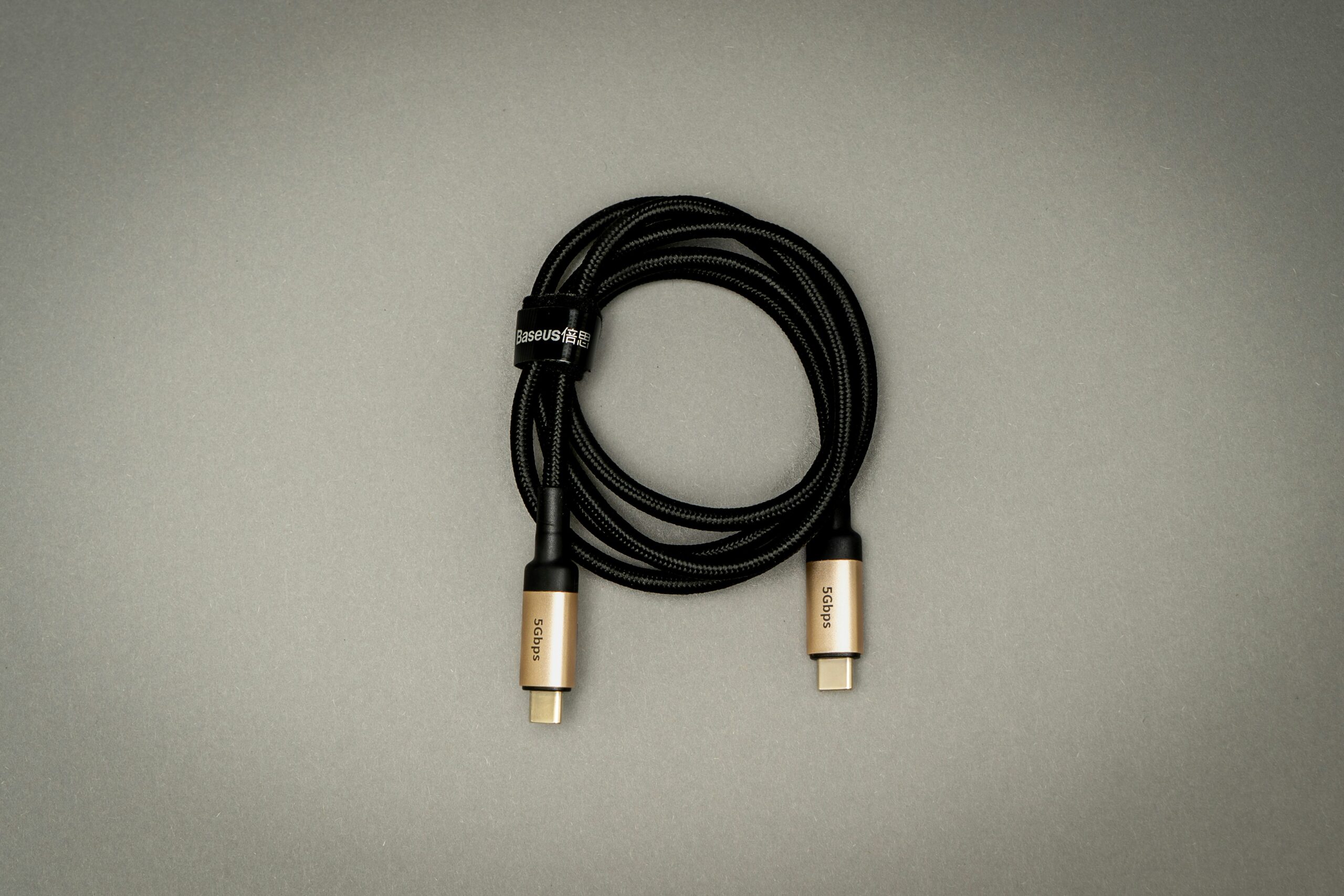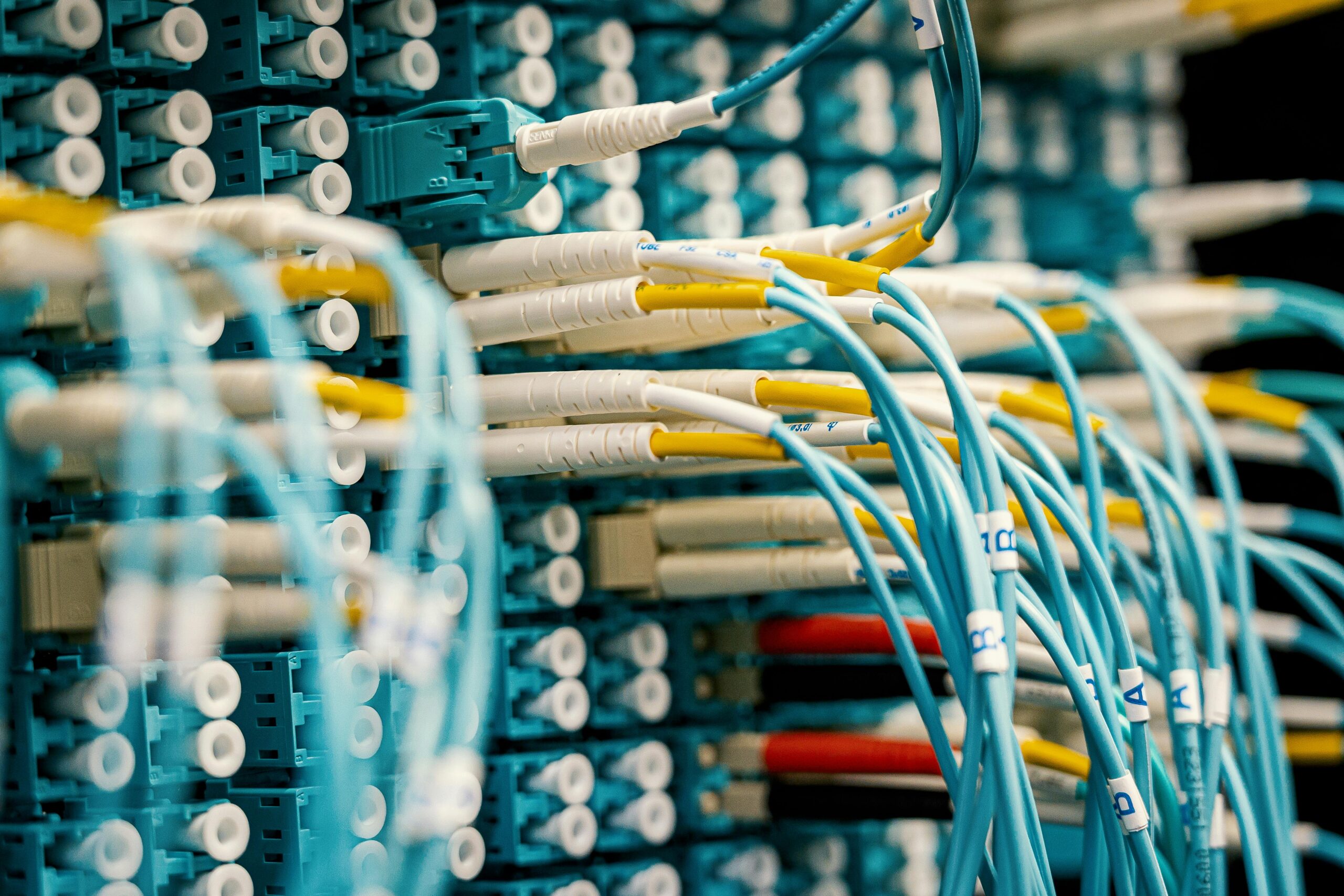As more people embrace remote work and create home office environments, the importance of maintaining an organized and efficient workspace has become increasingly clear. One often overlooked aspect of home office setup is cable management. With the multitude of devices we use daily, from computers to printers and chargers, cables can quickly become tangled, creating clutter and reducing efficiency. In this comprehensive guide, we will explore the best cable management practices to help you optimize your workspace and create a more professional and productive home office.
Why Cable Management Matters in a Home Office
Before diving into the solutions, it’s important to understand why cable management is crucial for a home office setup:
- Reduces Clutter: Proper cable management minimizes clutter, creating a cleaner and more organized workspace. This can lead to increased productivity and a more professional appearance during virtual meetings.
- Improves Efficiency: With well-managed cables, you can easily access your devices without the hassle of untangling cords or dealing with disconnected peripherals.
- Enhances Safety: Reducing the number of loose cables on the floor can prevent tripping hazards and protect equipment from accidental damage.
- Prolongs Equipment Lifespan: Proper cable management prevents cables from bending and fraying, extending their lifespan and ensuring reliable connections.
Comprehensive Guide to Efficient Cable Management
Here’s how to effectively manage cables in your home office to maintain an organized and efficient workspace:
1. Assess Your Setup
- Identify Problem Areas: Start by assessing your workspace to identify areas where cables are cluttered or disorganized. This will help you determine the best solutions for your setup.
- Categorize Cables: Group cables by type or function (e.g., power cables, data cables, peripheral cables) to make management easier.
2. Use Cable Organizers
- Cable Sleeves: Use cable sleeves to bundle multiple cables together, creating a neat and organized look. Sleeves are available in various sizes and materials, such as neoprene and polyester, providing flexibility for different setups.
- Cable Clips: Attach cable clips to your desk or wall to secure cables in place and prevent them from slipping off surfaces. These clips are easy to install and can hold multiple cables at once.
- Cable Boxes: Use cable management boxes to hide power strips and excess cable lengths. This not only reduces clutter but also protects cables from dust and damage.
3. Label Your Cables
- Color-Coded Labels: Use color-coded labels or tags to identify cables easily. This makes it simple to find the right cable when you need to disconnect or replace a device.
- Cable Labels: Invest in cable labels that can be written on or printed, providing a clear identification system for all your cords.
4. Route Cables Effectively
- Under-Desk Routing: Use under-desk cable trays or channels to route cables along the underside of your desk. This keeps cables out of sight and prevents them from getting tangled.
- Wall-Mounted Solutions: If your desk is against a wall, consider using wall-mounted cable channels to route cables vertically and keep them organized.
5. Implement Wireless Solutions
- Wireless Peripherals: Reduce cable clutter by opting for wireless peripherals like keyboards, mice, and printers. This minimizes the number of cables required and creates a cleaner workspace.
- Bluetooth and Wi-Fi Connectivity: Utilize Bluetooth and Wi-Fi connectivity for devices like headphones and speakers, eliminating the need for additional cables.
6. Regular Maintenance
- Periodic Checks: Regularly inspect your cable management setup to ensure cables are secure and organized. Make adjustments as needed to accommodate new devices or changes in your workspace.
- Dust and Clean: Dust and clean your workspace regularly to prevent buildup around cables and equipment.
DIY Cable Management Solutions
For those who enjoy a hands-on approach, here are some DIY cable management tips to try:
1. DIY Cable Holders
- Binder Clips: Use large binder clips to hold cables in place on the edge of your desk. This simple and cost-effective solution keeps cables within reach and prevents them from falling.
- Toilet Paper Rolls: Repurpose empty toilet paper rolls to organize cables by coiling them inside the roll. You can even label each roll for easy identification.
2. Velcro Straps
- Custom Cable Ties: Cut Velcro strips to your desired length and use them as reusable cable ties. These straps are adjustable and perfect for bundling cables of different sizes.
- Cable Loops: Create loops with Velcro straps to hang cables on hooks or nails, keeping them organized and off the floor.
3. PVC Pipe Organizers
- Pipe Sections: Cut sections of PVC pipe and attach them under your desk to route and conceal cables. This durable solution keeps cables secure and out of sight.
- Pipe Clamps: Use pipe clamps to secure PVC sections to your desk or wall, ensuring a stable cable management system.
Recommended Products for Better Cable Management
For those looking for ready-made solutions, here are some recommended products to improve cable management in your home office:
- Cable Management Sleeves
- Product Recommendation: JOTO Cable Management Sleeve
- Features: Flexible neoprene material, multiple entry/exit points, and easy to cut to desired length.
- Cable Clips and Holders
- Product Recommendation: OHill Cable Clips
- Features: Self-adhesive, can hold multiple cables, and available in various sizes.
- Cable Management Boxes
- Product Recommendation: D-Line Cable Management Box
- Features: Discreet design, hides power strips and cables, and provides protection from dust and damage.
- Under-Desk Cable Trays
- Product Recommendation: Monoprice Under Desk Cable Tray
- Features: Metal construction, easy to mount, and spacious design for multiple cables.
Conclusion
Optimizing your home office setup with effective cable management practices can significantly enhance productivity, reduce clutter, and create a professional workspace. By implementing the tips and solutions outlined in this guide, you can transform your home office into an organized and efficient environment that supports your remote work needs. Whether you choose DIY methods or invest in ready-made products, the key is to prioritize cable management and maintain a clean and functional workspace. Embrace these practices today and experience the benefits of a well-organized home office.


